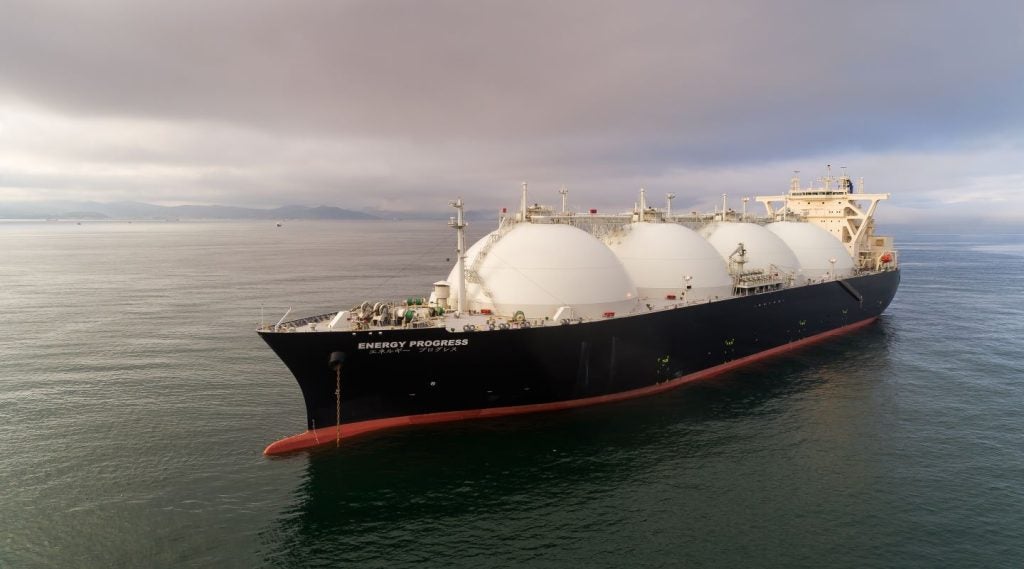Research from the Canadian Climate Institute (CCI) finds that provinces must move from gas to electricity to prepare for the energy transition and subsequently avoid high consumer costs.
The report also reveals that altering the energy mix for building heat in homes and businesses – as well as changing energy infrastructure to support the shift from gas to electricity – will be necessary to reduce emissions from buildings and help meet Canada’s climate goals.
The CCI’s senior research director, Jason Dion, said: “Expanding gas infrastructure to heat buildings today would be like investing heavily in a chain of video rental stores 15 years ago.”
He added: “Energy systems need to plan for the reality arriving on our doorstep. The smart approach to protect consumers and ensure affordable, reliable energy in the future is to grow the electricity system – not lock in more dependence on gas.” He was commenting within a statement published online.
Achieving net-zero emissions in residential, commercial and institutional buildings will require significant reductions in gas usage across all provinces. For instance, compared with current levels, gas usage is expected to decrease by up to 98% in Ontario and between 70% and 87% in Alberta.
According to the report, hybrid systems, which utilise gas as a backup for electricity, can serve as a crucial transitional phase towards complete electrification and may remain relevant in certain regions in the long run.
However, hybrid systems will not require large amounts of gas in order to work effectively.
If investment in the gas network keeps increasing and gas connections remain the default choice for new buildings, the report says the costs of overbuilt and underused gas infrastructure could fall on governments, shareholders and remaining gas consumers as more individuals transition to cleaner alternatives.
Kate Harland, the CCI’s research lead, said: “Regulators make choices about infrastructure that will affect ratepayers’ costs for decades – but those decisions are not required to factor in climate goals, including reaching net-zero emissions. That big disconnect could drive up energy bills in the decades ahead.
“Provinces need to make forward-looking decisions about energy system investments, and they need to make plans and policies today to protect consumers in the economy-wide energy transition that is under way,” she added.
According to the International Energy Agency (IEA), Canada has set an ambitious target of cutting greenhouse gas (GHG) emissions by 40–45% from 2005 levels by 2030 and reaching net-zero emissions by 2050.
Energy production and use in Canada accounts for more than 80% of the country’s GHG emissions, with oil and gas production alone accounting for around a quarter, said the energy body.
However, the IEA, in a statement on its website, said Canada’s electricity system is already among the “cleanest in the world, with heavy dominance of hydropower as well as an important role for nuclear”.















